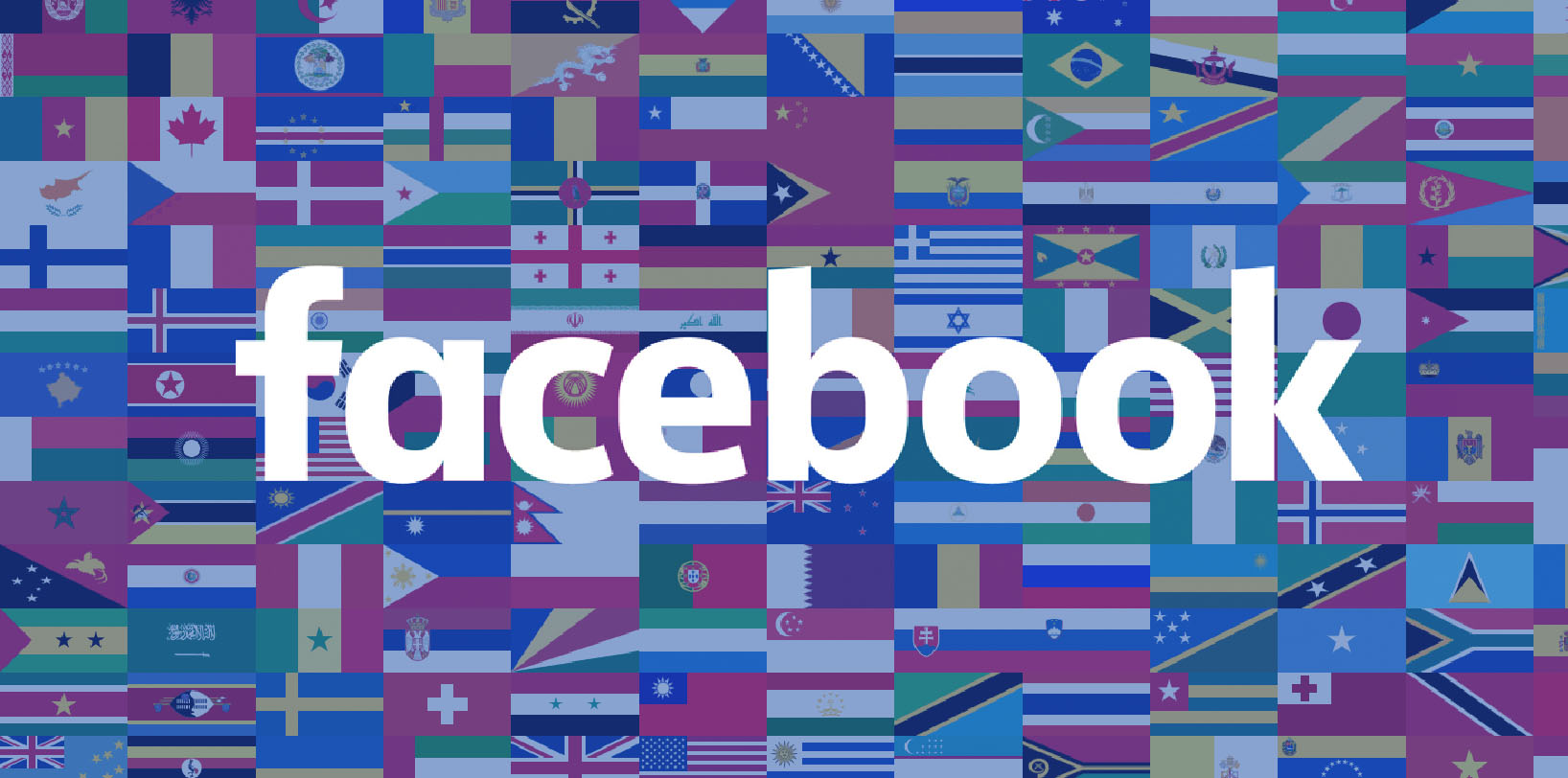
When BiC designed a ballpoint pen ‘For Her’, the company could hardly have imagined the negative backlash from women insulted by the pink and purple pens, ‘designed to fit comfortably in a woman’s hand’. However good the company’s intentions, the results were embarrassing and patronizing – almost as if women had not been consulted as part of the design process.
No matter who you’re designing for, there’s always a chance you can get things wrong if you don’t pay attention to your users. Simply keeping them in mind is not enough – for a product to be a real success, they need to be part of the design process itself.
Designing without a clear understanding of your target user is like throwing darts with a blindfold on. Here are just a few tips to help you see more clearly:
Remember: You’re not the average user
Too often, designers fall into the trap of assuming they represent their users and can easily make decisions on their behalf.
- “I’m not sure it’s clear what I’m supposed to do when I get to this page.”
- “I would never think to click on that button.”
- “I don’t think this navigation makes sense.”
These are all things that designers and product people are sometimes guilty of saying. It’s natural – we can’t help but critique the things we create. But the thing is, we aren’t the user. And we definitely aren’t the mythical “average user” (the card some of us use to justify blanket decisions).
Look to Facebook for an example of how to avoid this trap.

To help see that broader perspective, Facebook employs something called 2G Tuesdays, a day of the week where employees opt into a slower connection, so they can experience the app in a similar way to its users in developing countries. This kind of perspective is critical in developing successful products, and if it’s not employed, you are playing a risky game.
Invite your users into the design process – but first define your objectives
The ideal design process is one that involves its end users beyond just the initial research phase, building on their insights and feedback at every stage of development.
Before inviting users into the process, think about what you’re looking to achieve from their participation. Understanding what’s appropriate at any given time – and what outcomes you’re seeking to achieve – is absolutely critical to success.
The beginning of any creative process is a time for divergent thinking – opening yourself up to many possible solutions, and generating multiple ideas for addressing users’ needs. Involve your users in blue-sky thinking to understand all of their possible problems and latent needs, and generate multiple creative ideas for how to address them.
Later on, you’ll need convergent thinking – filtering and refining the ideas you’ve generated, before deciding on the best possible solution. At this stage, ask your users to help refine and prioritize ideas, in order to find the greatest market viability and user value.
Know your user research methods and when to employ them
There’s a wealth of user research methods that can be used, but key is to use them thoughtfully, as they all serve incredibly distinct needs.
For instance, focus groups are a powerful tool when gathering user insights, but can also be misapplied. They can only assess what users say they do and not how they actually behave, so they’re a poor measure of how customers actually interact with a digital product.

Here is a handy guide that you can bookmark and refer back to, if ever you’re struggling to find the right research method for the right stage of your project.
Use physical space to enhance your working memory of users’ needs
Spoiler alert: our working memory isn’t great. It’s a shallow pool of knowledge that is constantly getting emptied and refilled with new stuff.
Trouble is, designing a digital product is a lengthy process. As a result, it’s key that you organize information on users’ needs in a way that keeps your team aligned, and enables consistent and effective recall of the information you’ve gathered during product development.
By pinning user stories, journeys, personas, etc. to the wall, we extend our own capacity to retain information and act on it. This can be as lo-fi as putting up post-its, or as creative as getting a Pixar animator to design storyboards of your customer experience, like Airbnb did.
If you don’t do this, there’s a risk that you’ll slip back into making blanket assumptions, or acting only on the most recent insights you’ve learnt about your target users.
Prioritize user needs
Knowing what your users need is all well and good, but structuring and organizing this information in a way that reveals clear priorities is what’s really important.
An empathy map is a great tool for laying out the user insights you have gathered, but it can be even more powerful when you overlay this with an experience map so that you can better understand how these play out over the complete user journey.

We recently did this with West Elm, tracking how distinct personas act, feel and behave when buying furniture – an experience that can often take months and include a half dozen touchpoints or more (takeaway: buying a couch is stressful!).
Don’t present to stakeholders; involve them
If you truly want to adopt a user-centric product design process and see it through to live market feedback, you have no choice but to get client stakeholders on board.
You can either take your chances by running your design and research independently, and then crafting a compelling story that wins over stakeholders after the fact, or you can throw them smack into the middle of the process and have them uncover user insights for themselves.
The latter can be a shock to the system at first, but far and away the more sustainable approach. There is nothing like watching an executive witness a user struggle to use their existing product as they shout behind the two-way mirror: “No, the button is over there! How can he not see it?! It’s right there!!”
Repeat after me: “You are not the average user.”
Wrap-up
Designing with your users, not just for your users, is not only a positive value-add, but a must. Without putting users at the heart of the design process, you leave the success of your product to blind chance.
The tips above should help you to bring users into the design process, and ensure they are considered at every stage. Nevertheless, with this advice comes a word of caution: don’t expect users to tell you what they want – they’re far more likely to tell you what they need, and how they feel.
Designing with your users will lead you to the right questions, but not the answers themselves. Creativity and ingenuity do the rest.
Get the TNW newsletter
Get the most important tech news in your inbox each week.




